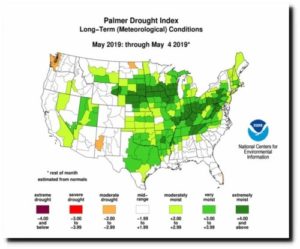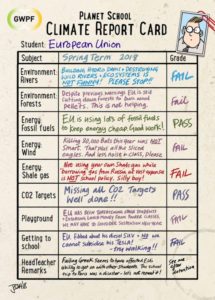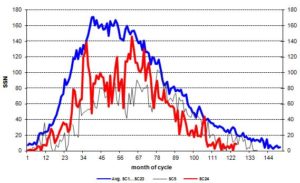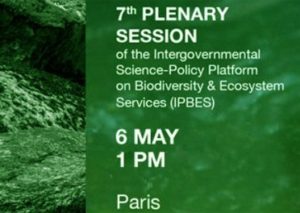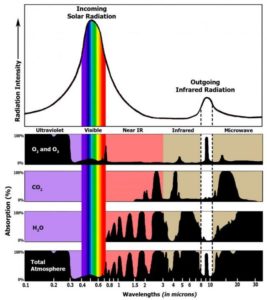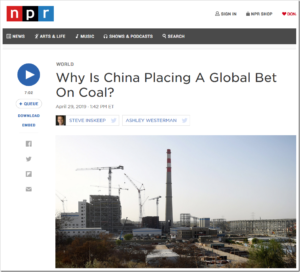by Scripps Institution of Oceanography at the University of California San Diego, May 8, 2019 in ScienceDaily
These results, published recently in the Journal of Experimental Biology, are the first demonstration that vision in marine invertebrates is highly sensitive to the amount of available oxygen in the water.
Oxygen levels in the ocean are changing globally from natural and human-induced processes. Many marine invertebrates depend on vision to find food, shelter, and avoid predators, particularly in their early life stages when many are planktonic. This is especially true for crustaceans and cephalopods, which are common prey items for other animals and whose larvae are highly migratory in the water column.
Research on terrestrial animals has shown that low oxygen levels can affect vision. In fact, humans can lose visual function in low oxygen conditions. Pilots flying at high altitude, for instance, have been shown to experience vision impairment if aircraft fail to supplement cockpits with additional oxygen. Additionally, health problems such as high blood pressure and strokes, both associated with oxygen loss, can damage vision.
…

